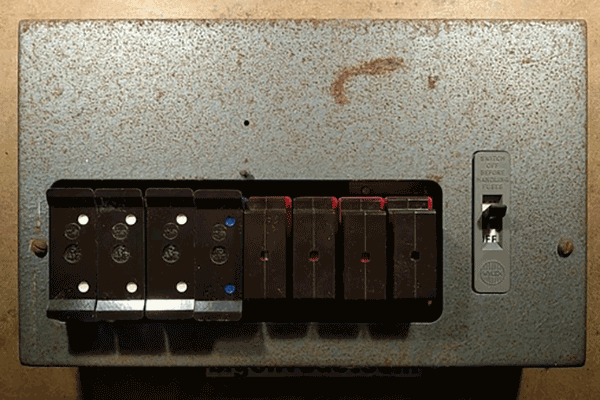As the popularity of electric vehicles (EVs) continues to rise, homeowners must adapt to the needs of these eco-friendly vehicles. One major concern is the charging infrastructure, especially for older homes. This article will discuss whether upgrading the electrical system in an older home is necessary to accommodate electric vehicle charging, and provide key factors to consider, such as costs, installation, and benefits.

Evaluating Your Home’s Electrical Capacity
Before diving into the process of upgrading your home’s electrical system, it’s crucial to evaluate the existing electrical capacity. Older homes may not have been designed with EV charging in mind, and their electrical systems might be insufficient to support the additional load. Here are a few steps to assess your home’s electrical capacity:
Check your main electrical panel: Determine the amperage of your electrical panel, which is typically labeled on the panel itself. Most older homes have 100-amp service, while newer ones have 200-amp service. The higher the amperage, the more capacity you have for additional electrical loads.
Calculate the available electrical capacity: Determine the total electrical load of your home by adding up the wattage of all appliances and devices. Compare this to the total capacity of your electrical panel. If you have ample capacity left, you may not need to upgrade your electrical system.
Consult with an electrician: If you’re unsure about your home’s electrical capacity, consult with a licensed electrician to determine if your system can handle EV charging.
Upgrading Your Electrical System
If your home’s electrical capacity is insufficient to accommodate EV charging, upgrading your electrical system is necessary. The upgrade process involves several steps:
Upgrade the electrical panel: The first step is to upgrade the electrical panel to increase its capacity, which may involve replacing the old panel with a 200-amp panel. This process can be costly, ranging from $1,500 to $3,000, depending on your location and home setup.
Install dedicated circuits: A dedicated circuit for EV charging will ensure that the charger receives a consistent supply of power. Depending on the charger’s power requirements, a 240-volt circuit may be necessary. The installation of a dedicated circuit may cost $300 to $800.
Install an EV charging station: Once your home’s electrical system is upgraded, you can install an EV charging station. Level 2 chargers, which are the most common for residential use, cost between $500 and $2,000, excluding installation fees.
Obtain permits and inspections: Depending on your local jurisdiction, you may need permits and inspections for the electrical work and EV charger installation. Consult with your electrician to ensure compliance with local regulations.
Benefits of Upgrading Your Electrical System
While upgrading your home’s electrical system for EV charging may be costly, there are several benefits:
Increased home value: A home with an upgraded electrical system and EV charging capabilities may be more attractive to potential buyers, increasing your home’s resale value.
Energy efficiency: Upgrading your electrical system can improve your home’s overall energy efficiency, potentially reducing your energy costs.
EV charging convenience: Having a dedicated EV charging station at home allows you to charge your vehicle at your convenience, eliminating the need for public charging stations.
Old homes might only have a sixty-amp fuse box. Time to replace that regardless. Replacing that older wiring is also probably a good idea if you’ve got a fuse box, at least the higher current stuff.














